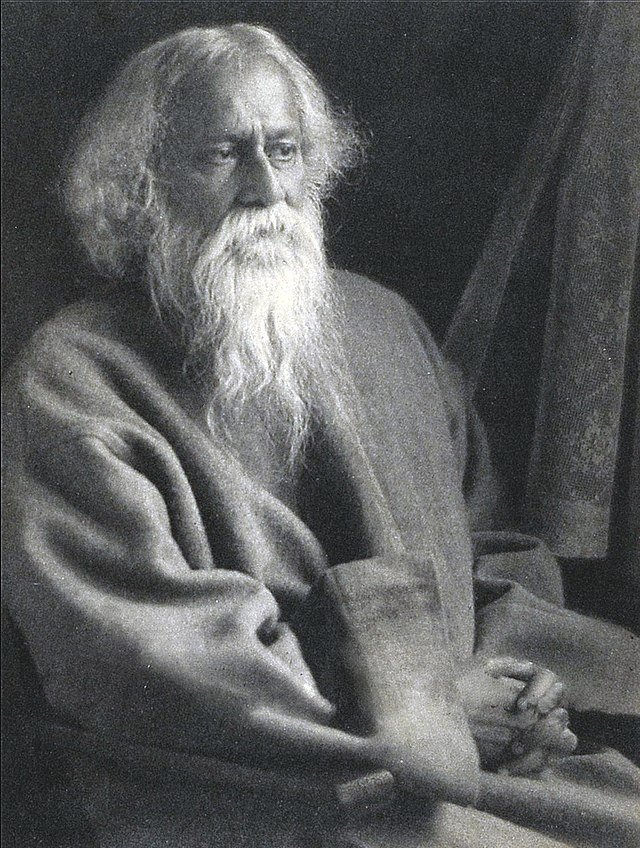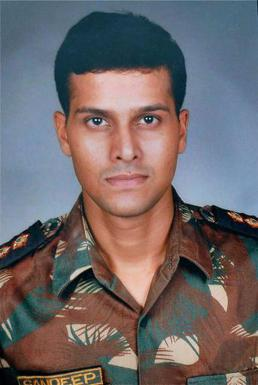#KnowOurLand Pābūjī ki Phad (the Epic of Pābūjī) -
The story of Pābūjī Rathore emerges in 14th century from the desert heartland of the Indian Subcontinent. He was a Rathore Rajput and believed to be an heir to the throne of Marwar (Jodhpur) (1/n)
The story of Pābūjī Rathore emerges in 14th century from the desert heartland of the Indian Subcontinent. He was a Rathore Rajput and believed to be an heir to the throne of Marwar (Jodhpur) (1/n)

Pābūjī’s life and that of his four companions revolved around resolving local feuds, saving livestock, and performing many an act of bravery (2/n) 

Because of his many heroic deeds, Pābūjī is today worshipped as a demigod by the nomadic Rabari people in parts of Rajasthan, Punjab, Sindh & Kutch regions (3/n)
His story is narrated as an oral epic by members of the scheduled castes, the Nayaks, who are also called ‘bhopas’(4/n)
The bhopas sing and narrate the tale of Pābūjī all through the night in front of a long narrative scroll cum painting depicting the events of the epic called a ‘Phad’ (5/n)
The Phad painting amazingly serves as a portable temple for Pābūjī with the bhopa as its priest. People who paint the Phads have traditionally had the surname of Josī. They are members of the Chīpā caste, who typically have expertise in textile printing (6/n) 

A bhopa might perform with his wife who is called a bhopi. He might also perform with other female members of the family, brothers, etc. The musical device used in the rendition of the epic is generally the rāvaṇhattha, a two-stringed instrument (7/n) 



The epic is long and broken down into episodes & the rendition is not always linear. The bhopa will take breaks & crack jokes in between, the audience might ask the bhopa to render some specific episode leaving out other parts of the narrative and so on (8/n) 

‘Pābūjī ki Phad’ or reading of the Phad which is also considered as a holy object thus becomes a subtle mix of entertainment and religious celebration. It is a wonderful showcase of our rich and diverse oral culture and traditions (9/n)
Sources: bombay.indology.info, Rajasthan, an Oral History: Conversations with Komal Kothari. By Bharucha Rustom, bharatdiscovery.org (10/n)
• • •
Missing some Tweet in this thread? You can try to
force a refresh













